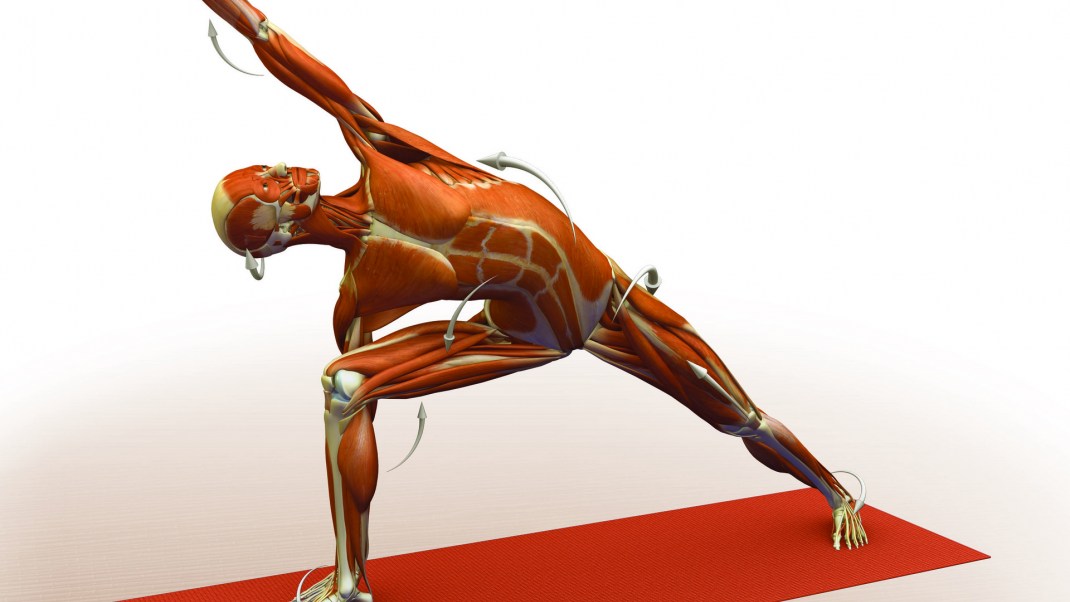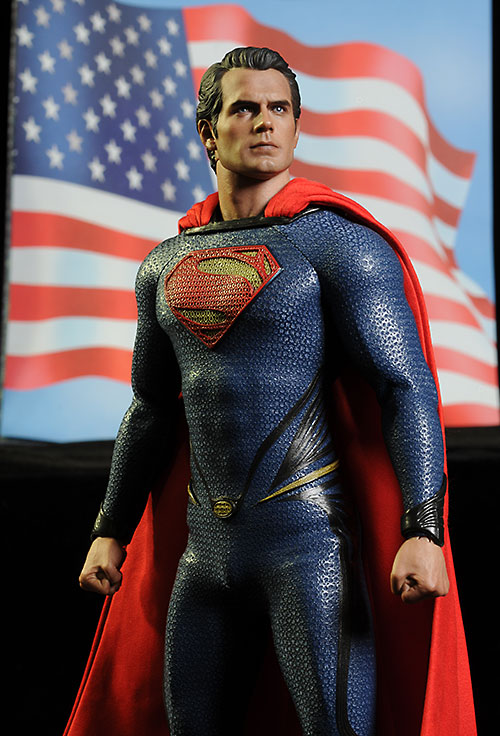
Together we can get to a place where shoulder drawing is a strength and not a weakness in our drawings. Stay close to the text as you look over the included shoulder drawing diagrams. I provide numerous drawings to help us along the way. Shoulder anatomy for drawing begins with simple observation of a few major bones but ends with going over many muscles that twist and overlap in ways that can be difficult to remember, as the muscles travel from the back to the front fo the body.

With this knowledge, we will draw the shoulders from various angles and with arm raised. We will then dive deep into muscle interaction, looking at precise attachment points, wedging of muscles, and their pull and stretch. In this guide, we will go over the bones involved in the movement of the shoulder muscles, as well as the muscles around the shoulders. Back view, spine of the scapula indicated with red line. Front view clavicle indicated with orange line.

Introduction to drawing the shoulders Study by Gvaat.


My goal in this tutorial is to take you through the required anatomy step-by-step, in an effort to improve your shoulder drawings. Then, apply anatomy knowledge to observation and drawing of the shoulder joint from various angles. To draw the shoulders well, study the skeletal and muscular anatomy of the shoulder joint. What is involved in shoulder drawing is a web of interacting muscles at the shoulder joint, muscles that move and twist as the humerus bone rotates in its socket taking the arm this way and that. Learning to draw shoulders can get very tricky very fast. The scapula – left posterior view, and right anterior view.


 0 kommentar(er)
0 kommentar(er)
